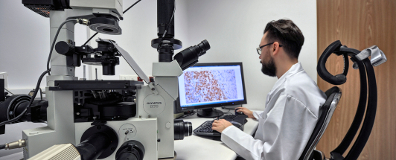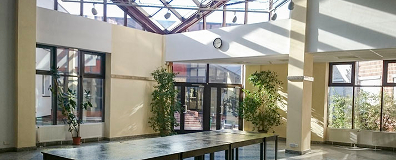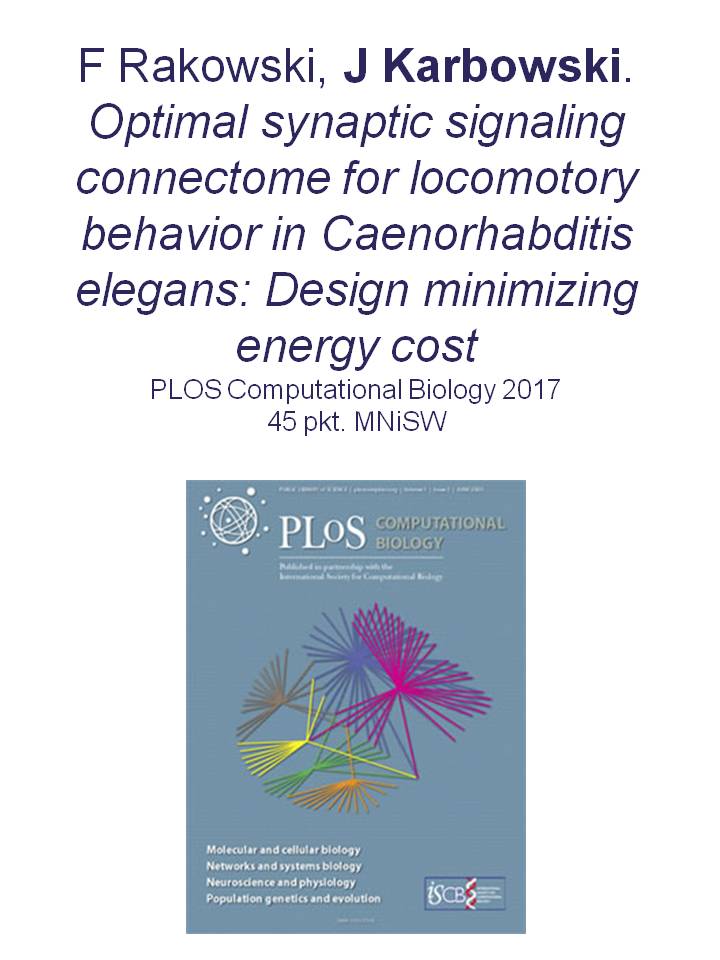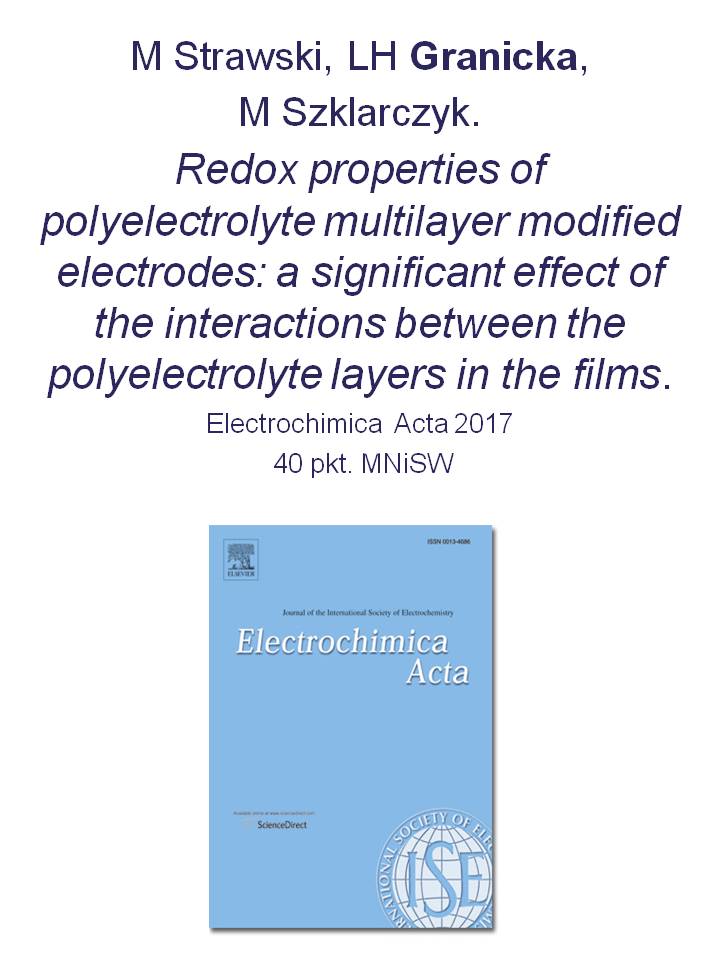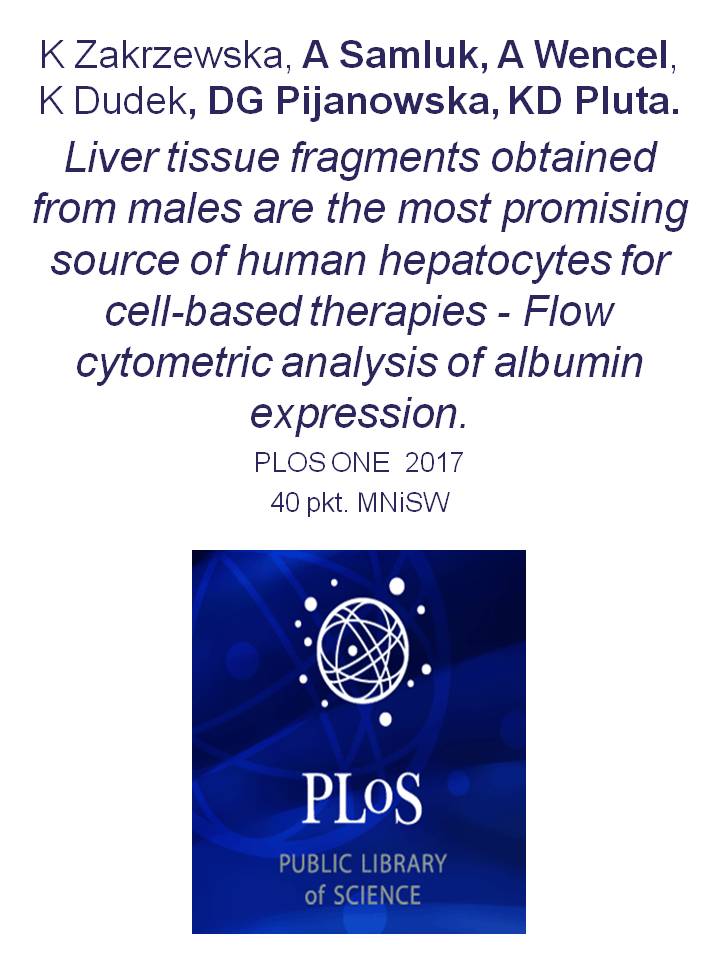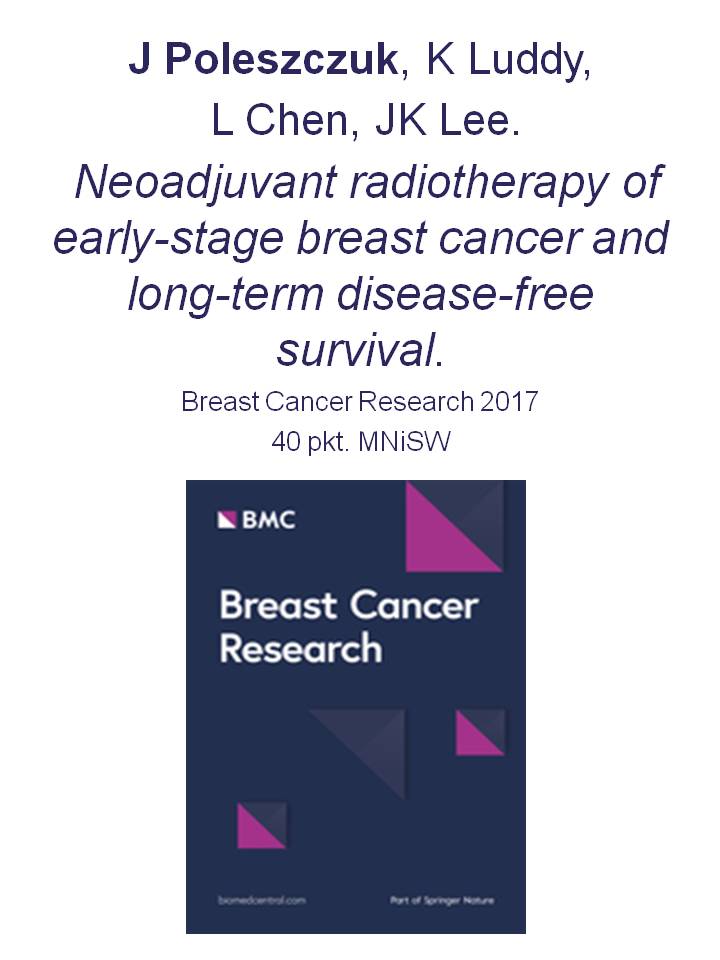2013/11/B/ST7/01704
founded by the National Science Centre (Poland), 2014-2017
Head of the project: Prof. Jacek Waniewski
Intermittent hemodialysis (HD) is the main method of renal replacement therapy in patients with end stage renal disease. Cardiovascular complications related to atherosclerosis and vascular calcification are the most frequent cause of death in this group of patients. A relatively new non-invasive tool for the assessment of the status of arteries is applanation tonometry that allows for precise measurements of the pulse wave shape and its velocity in peripheral (e. g. radial) arteries. Importantly, by performing pulse-wave analysis on a peripheral artery, one can estimate the central aortic pulse shape that is crucial for the stratification of CV disease risk. The required permanent blood access, such as arteriovenous fistula, induces substantial changes in systemic and peripheral blood circulation and affects the measured pulse wave. There are also other important factors that have to be taken into account, such as the changes in fluid overload and blood volume during hemodialysis session and the changes in vascular resistance due to modifications of vasodilatation of the capillary bed. These factors make the standard interpretation of pulse wave analysis problematic if applied to patients on hemodialysis and there is a need for a theoretical evaluation that can combine all important factors. On the other hand, applanation tonometry may help to better understand and assess the status of the arteriovenous fistula and other possible clinical complications that occur in HD patients. We hypothesize that the presence of the fistula and other abnormalities in vascular system of HD patients may influence the standard assumptions necessary for pulse wave analysis and its interpretation. Our main objective is to investigate the role of various abnormalities in HD patients on the propagation of pulse wave using mathematical modeling of the whole arterial tree with arteriovenous fistula and compare these predictions to the respective clinical measurements.


